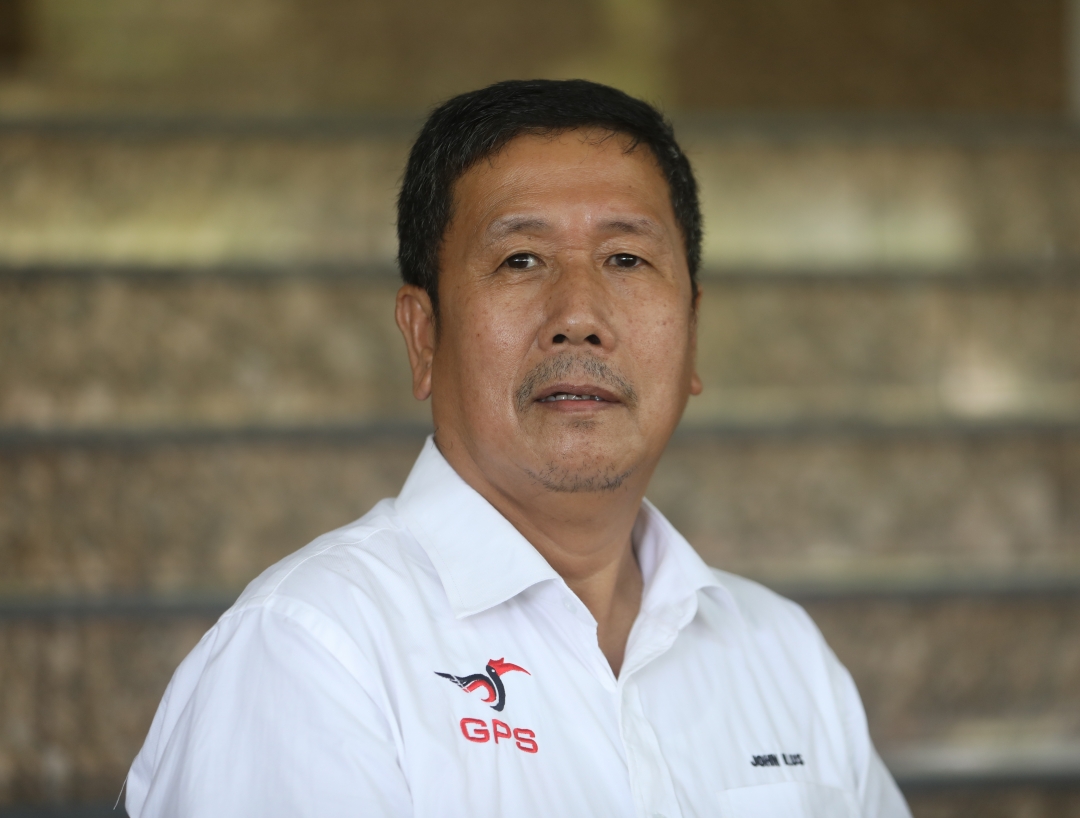
John Ilus
KUCHING (Nov 25): Bukit Semuja assemblyman John Ilus has suggested that the Sarawak government tap the potential of generating renewable energy from the palm oil mill industry.
He said Sarawak has the potential to harness the renewable energy from methane produced by the palm oil mills given the right regulatory support.
He pointed out that during the palm oil milling process, a wide variety of solid and liquid wastes are produced.
“The solid wastes comprise of empty fruit bunches (EFB), palm kernel shell (PKS), decanter cake and mesocarp fibre. The liquid waste, or known as palm oil mill effluent (POME), is produced as a result of condensation, clarification and mill washing process.
“The solid wastes are commonly used to generate energy for palm oil mills operation. The energy is usually produced by burning mesocarp fibre and PKS in biomass boiler to generate steam to power steam turbines.
“For a standard palm oil mill with the capacity to process 60 metric tonnes/hour of fresh fruit bunches (FFB), it normally produces around 35 to 45 metric tonnes/hour of steam. Part of this steam is used to generate electricity up to 1.2 to 2.5 megawatts and the rest is used as process steam for sterilisation,” he said when debating the State Budget 2023.
John said the electricity generated from this process is mainly used to power mill machinery and equipment.
He pointed out that each metric tonne of FFB processed requires around 15 to 25 kilowatt-hour (kWh) of electricity, therefore, a 60 metric tonne/hour palm oil mill only requires around 0.8 to 1.5 MW of electricity.
He said these make the palm oil mill self-sustainable in energy where the shell and mesocarp fibre alone can supply more than sufficient energy to meet the mill’s requirement.
He noted that with the advancement in boiler technology, pressed EFB fibre can now be used as boiler fuel as a new boiler can take up higher moisture fuel.
John said in Peninsular Malaysia, the electricity generated from biogas can be supplied to the power grid based on the Feed in Tariff (FiT), adding that the FiT for electricity generated from biogas is RM0.34/kWh.
“Thus, using POME to produce biogas is an alternative and sustainable way to control POME powerful greenhouse gas (GHG) emissions while providing economic benefits to the palm oil mills in Peninsular Malaysia.
“However, palm oil mills in Sarawak are unable to sell their excess electricity to the state power grid. Therefore, to establish a methane trapping plant to produce electricity seems to be unattractive to the private sector with most of the methane trapping plant being set up merely to comply with the mandatory requirements of MPOB,” he said.
John believed that if all 84 palm oil mills in Sarawak are equipped with methane trapping and power generation facilities, there will be an approximately 168-252 MW of sustainable energy available to be supplied to the power grid.
“To put into perspective, this capacity is even higher than the capacity of Batang Ai Hydroelectric Plant of 108 MW,” he said.
